How will our homes morph in the future to meet the demands of today?
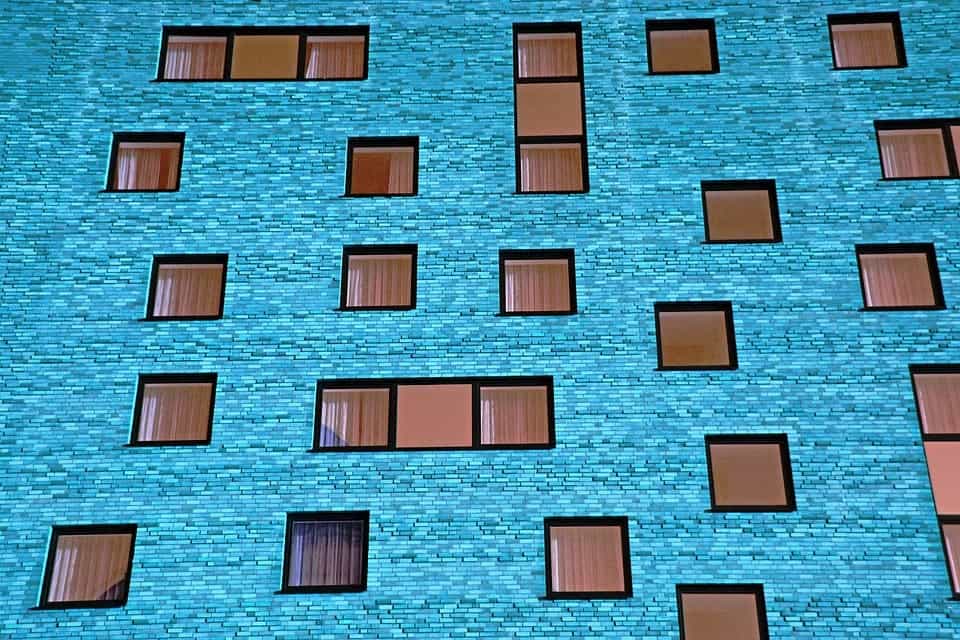
Computers are rapidly becoming ubiquitous in many areas of our lives. We’re also becoming more environmentally-conscious, and more technologically-savvy. At the same time, we’re more and more pressed for time in today’s hectic world. Throughout history, our homes have changed to keep pace with our wants, needs, and possibilities, so it’s a pretty safe bet that the home will transform to both meet the requirements of modern life, as well as to take advantage of its advances. But what, exactly, will this transformation involve?
We don’t really know — but we do have some pretty good guesses. Today, let’s take a look at what future homes could be built from, how they’ll handle utilities, how we’ll get around inside them, and how to keep them at a comfortable temperature.
A brick-by-brick analysis
Fans of English architecture, sorry to break it to you, but the tried-and-tested brick’s prospects don’t look so good. Many traditional building materials, from bricks and mortar to steel and cement, release a lot of CO2 during their manufacturing processes. This doesn’t jive very well with our efforts at fighting climate change, however, so they will probably be increasingly phased out of use.
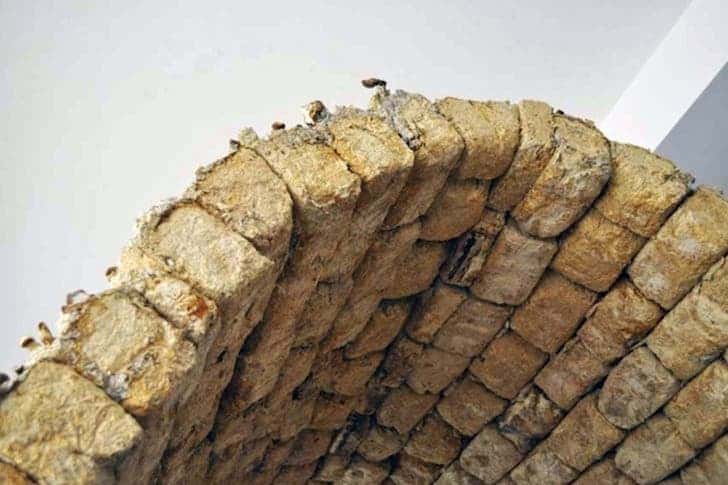
Image credits Philip Ross.
Instead, why not lay down fungus bricks? Made from dried mycelia, the tangled root-like fibers that grow beneath mushrooms, these are definitely more eco-friendly than traditional bricks. And, they’re good for you too, not just for the environment. They are stronger than concrete, pound for pound, fire-proof, resistant to water and mold, and can be grown into virtually any shape. Philip Ross, an artist and lecturer at Stanford University who spearheaded the development of these mushroom bricks has co-founded MycoWorks, a company that aims to bring the product to markets.
Right now, MycoWorks’s flagship product is a type of fake leather “grown rapidly from mycelium and agricultural byproducts in a carbon-negative process” — so your couch will definitely match the walls. But what is the material like?
“It’s sort of like a plastic that can potentially be used for God knows what,” Ross told Glasstire in an interview.
Cementing eco-friendliness
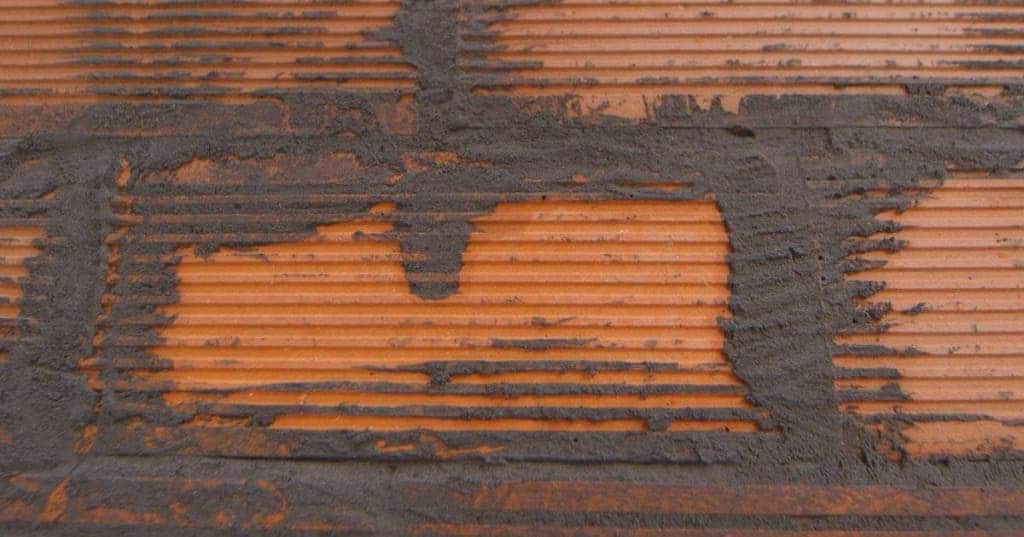
If bricks just don’t represent you that well, bacteria have got your back (and walls). As part of a European Union-backed project, a company in Madrid has developed a cheaper, sustainable, bacteria-based ‘eco-cement‘. The material starts out as a bacterial mix, which you have to supply with soil and nutrients, then simmer at around 30°C for around three hours. After this initial fermentation process, the bacteria have basically produced limestone (which is a central ingredient of cement). Throw in an armful of sand, industrial cement residue, and rice husk ash and voila — cement!
“Our raw materials are basically all waste. So we don’t have added costs,” said Laura Sánchez Alonso, a mining Engineer and Eco-Cement project coordinator. “For instance, we don’t need to extract and transport the limestone commonly used to produce cement. And we also save the energy costs”
This bacterial approach can shave some 11% off of greenhouse emissions, and 27% off of the production costs of cement. Researchers have yet to determine how many wall-related discussions this cement will spark at your housewarming party, but unofficial estimates say it is ‘a lot’.
Wooden’t you like to live here?
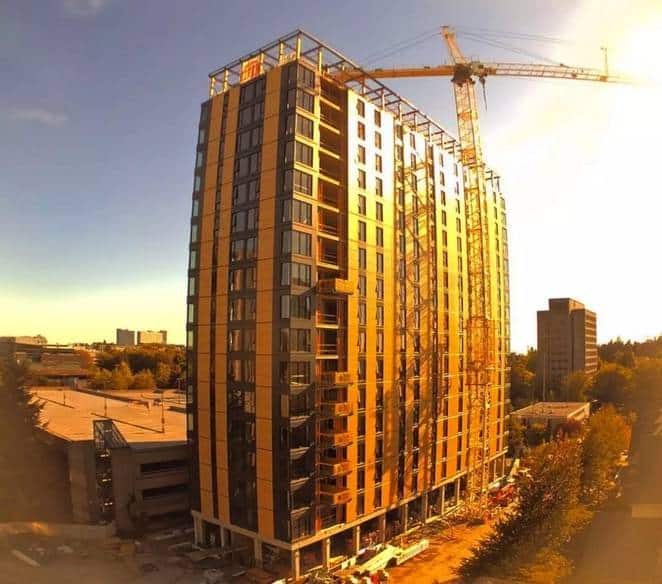
Image credits Acton Ostry Architects, the developeres of the project.
Wood is making a comeback as a building material. It has several very appealing properties: it’s a strong, sustainable material which stores carbon dioxide to boot. It’s also very versatile, and we’re learning to do more and more awesome things with it. If you need steel but want wood, it can do that — just make it superdense. Need windows but all you have are planks? Fret not; transparent wood is stronger than glass and easy to make. From timber skyscrapers to wind turbines, to taller skyscrapers, wood is definitely the most modern ancient building material.
“(As) a building like this becomes a reality, it really paves the way for additional projects across the country, probably throughout North America and throughout the world,” said Lynn Embury-Williams, executive director of the Canadian Wood Council’s Wood Works BC program, who worked on the Brock Commons, a wooden skyscraper student dorm for the University of British Columbia campus.
Insulation
Insulation has a big role to play in making your home energy-efficient. If you’re a sci-fi type of guy, aerogels are right down your alley (and, ideally, up your walls). For the fantasy fans among you, staw might be more palatable — but just as effective.
Heating is cool

Insulation is just half of the equation — we also want to heat the place up during winter and cool it down in the summer. In other words, we want temperature control. One of the sleekest upcoming systems in this area is a thermal battery developed by the EMPA (the Swiss Federal Laboratories for Materials Testing and Research). It mixes NaOH (sodium hydroxide, lye) with water to generate heat during cold months. When summer swings by, recharging the battery is as simple as leaving it out in the sun to dry.
Alternatively, if your goal is to stay cool on a budget, this air conditioning unit might spark your fancy. In broad lines, it pushes air through a paper-like membrane to dry it down. Then, this dry air is pumped over metallic plates inside the AC to force water to evaporate at room temperature. Since water needs to absorb energy to turn from a liquid to a gas, this cools down the plates, which in turn cool down the surrounding air. The system also generates about 12 to 15 liters (12.68 to 15.85 quarts) of potable water per day.
Getting around

One of the best parts of technology is that it makes life easier and more enjoyable. Getting around the house might not seem like that much of a hassle, but for the elderly or those living with disabilities, it can become quite hard. Stairs are a time-proven feature but are hard to navigate for someone in a wheelchair, for example. Elevators seem like the ideal fix, but let’s be honest — how many of us can afford to install new-age residential elevators? We’re not all French kings, after all.
One British company is touting new-age residential elevators as the ideal solution. Their product is basically a home elevator that can “fit into the corner of a room and ascends through a hole in the ceiling with no lift shaft required,” according to the South China Morning Post — and it’s a new way of looking at stairlifts.
“You could describe it as a high-end chair lift. People don’t want, in many cases, a chair-lift on their beautiful staircase and they don’t necessarily want a lift; it’s about looking at the lift for the long-term future proofing the property,” said John McSweeney, the company’s founder.
“And unlike a stairlift which is a permanent feature on your staircase, the lift can be sent away when you don’t need it — so it’s never the elephant in the room.”
Water, power, gas
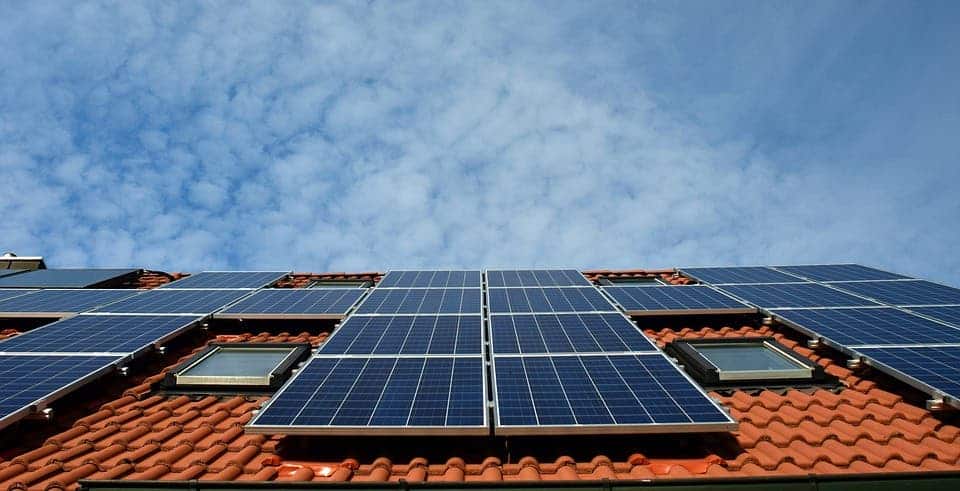
Perhaps the single best way your house can generate its own clean power is with a solar panel roof. When working in tandem with a battery bank, such a roof could, with a bit of luck and help from geography, even make your home energy-independent — or even a net energy contributor to the larger grid. Since it’s clean, relatively cheap and easy to maintain, and quite efficient, I think solar roofs will catch on in the houses of the future. And, if you need to make sure you’re generating as much energy as possible, you can turn your windows into a source of power as well.
Water has always been a little trickier to reliably generate at home. Wells aren’t a realistic option for those of us living in big cities. Even if you own a plot of land big enough to dig said well, groundwater tends to be very polluted underneath cities — so you shouldn’t drink it. But, we have ways to get a drink out of Mother Nature.
This simple, manganese-oxide-coated-sand approach can be used to purify stormwater. The sand particles physically block impurities, while the coating breaks down organic pollutants. The team intended for it to be used on a large scale, to supply displaced communities with clean water aquifers; it can thus easily be turned to the task of supplying ‘placed’ communities with clean water they can then pump out or tap with a well, for example. However, it can probably be adapted to provide clean rainwater for single homes at a time.
Trees are more sustainable than sand, capture CO2, and can also clean your water. By tapping into sapwood’s natural filtration properties, this team of researchers created a simple and elegant water filter. The only thing it can’t filter, the team explains, are viruses.
“Today’s filtration membranes have nanoscale pores that are not something you can manufacture in a garage very easily,” says Rohit Karnik, one of the researchers that developed the filter. “The idea here is that we don’t need to fabricate a membrane, because it’s easily available. You can just take a piece of wood and make a filter out of it.”
So far, so good for all of those who favor a more natural approach — but what if you want to call upon the full brunt of science and precision technology when turning the tap? Graphite may be the filter of choice for you, then. The team behind that filter reports it removes “99% of natural organic matter from water at low pressure,” which is nothing to scoff at.
For potable water, however, I’d recommend going the safe route and doing away with filters completely. Something like a scaled-up Solarball could provide a family with all the drinking water it requires, germ- and contaminants- free.
As far as gas usage goes — just don’t. Use electricity instead.



